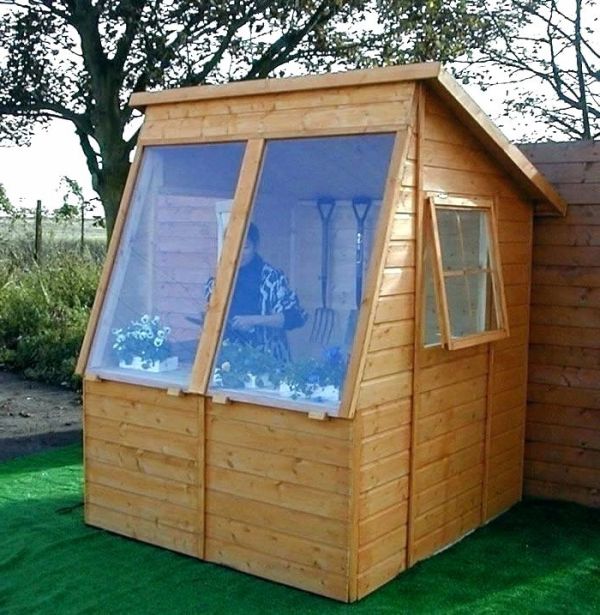DIY Lean To Shed Architectural Schematics 4x6 - Right Steps For Crafting a Wooden Shed
Cedar shingles are a great option for those who are creating a outhouse on a budget. Incorporate a wooden roof in backyard outbuilding schematics because they typically lasts 30 plus years and are a great investment in your outbuilding. Center some constructing felt across the top of the roof’s surface and staple into place.
Begin laying the shingles in an overlapping fashion. As you lay the shingles you can nail them down with roofing nails. If you get really into it you could even use tar to fasten the shingles. Once the shingles go past the edge of the roof it will be time to cut them back. Bend the shingles over the top in an overlapping manner. Overlapping the shingles will (https://shedconstructionplans.com/4x6-lean-to-shed-plans) make your shed water proof. Buy the thickest shingles you can find if you want to invest a little extra in making your roof durable.
Condensation in your outhouse can reduce the length of time your structure lasts. The growth of mold and mildew is encouraged by too much moisture around your outbuilding. When the outdoor outbuilding plans allow for proper air circulation around the outbuilding you can prevent decay and growth of fungus. To prevent water from rotting your wood you should construct the mudsill no less than 6 inches over the ground. Fresh air will be able circulate underneath and prevent moisture from accumulating under your shed.
There should be a minimum of 3 feet of open space around the four sides of your outbuilding. A yard of empty area around the outhouse will allow wind to fully circulate around it. Mildew and mold hate the sun so be sure to expose it to direct sunlight. It is much easier to paint or repair your new designing with extra space around it. You can further encourage the movement of air by using fans.
In your wooden outbuilding schematics make sure your shed is safe and secure by adding some easy safeguards. When you are not using your outhouse be sure to (you can check here) lock it securely. If your shed is visible from your home you can install lighting which can be triggered by movement sensors. Secure and fortify the area around your shed to protect all of your possessions. You can easily protect items in your outhouse by concealing the windows with drapes or blinds.
Replace ordinary screws on outbuilding doors with non-return screws. Visibly mark your machinery and keep a list of your tools with serial numbers. If your property is stolen it will be easier to identify and return with your identifiable markings. Reinforce your outbuilding from the inside to make it more resistant to a break-in. Ladders and spades should be secured to a strong fixed object as they can be used by thieves to gain access to other areas.
You may need to pay a little extra for shed materials that require minimal upkeep but they will save you time and trouble later on. We recommend using panels of PVC trim in whatever color called for in your outdoor shed construction diagrams. Many people love using PVC trim boards because they are impervious to bugs and warping. Aluminum windows are efficient and resistant to weathering and should be installed according to your outhouse building blueprints.
Windows or doors made of aluminum can easily meet or exceed energy efficiency standards. Out of all metal choices aluminum is the most recycled and is an environmentally responsible choice. Metals forms cast from authentic slate are used to create artificial slate out of post-industrial materials. Instead of using authentic slate for your roofing look for faux-slate roof shingles. Real slate comes at a high cost in terms of production and installation whereas synthetic slate does not. Slate made of synthetic materials contains advanced ultraviolet inhibitors to reduce wear from the sun.




